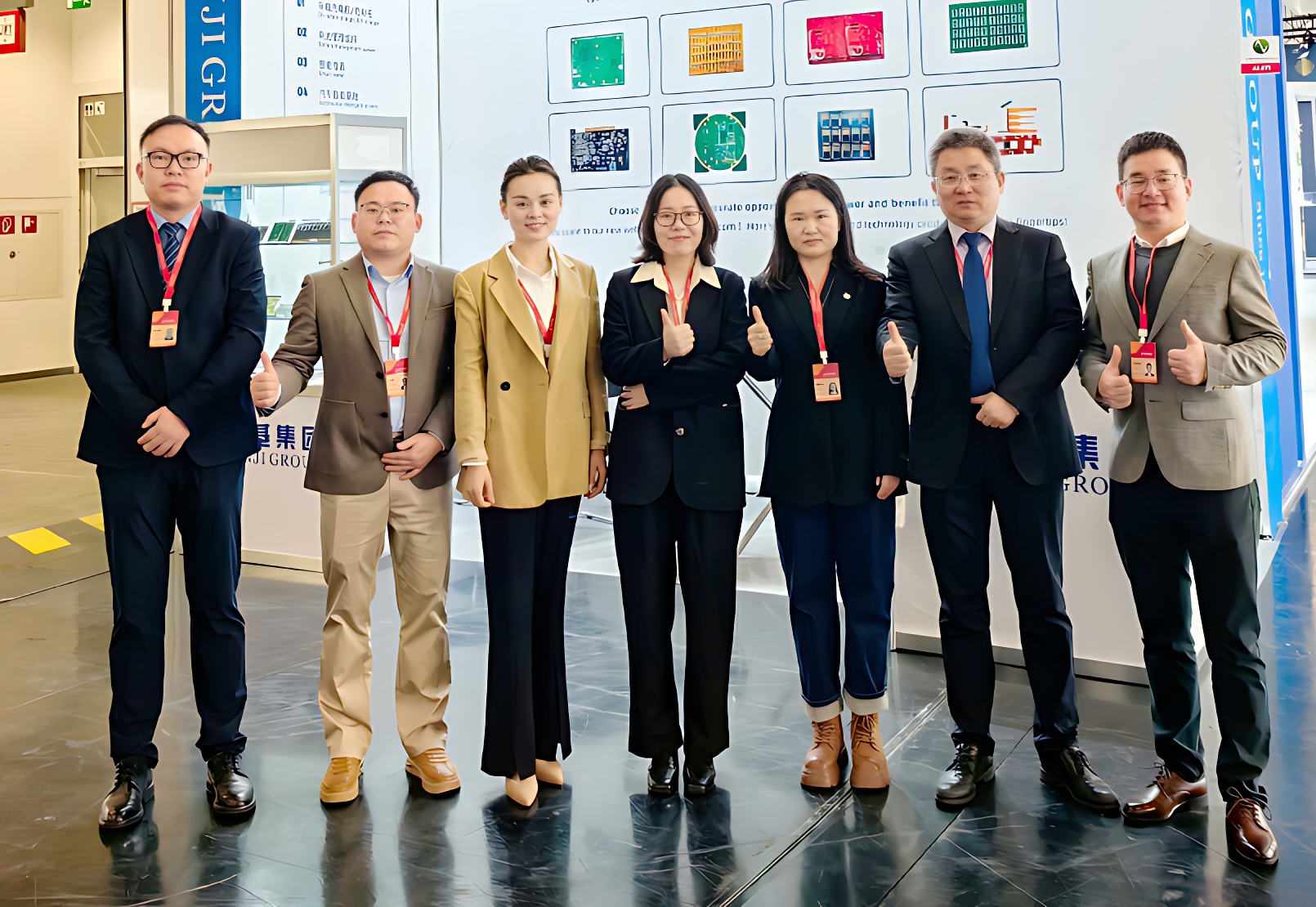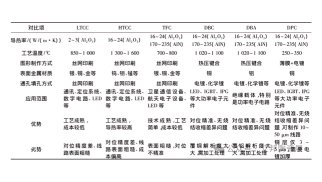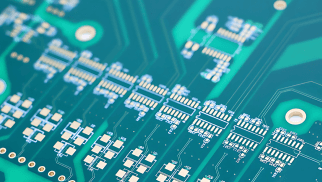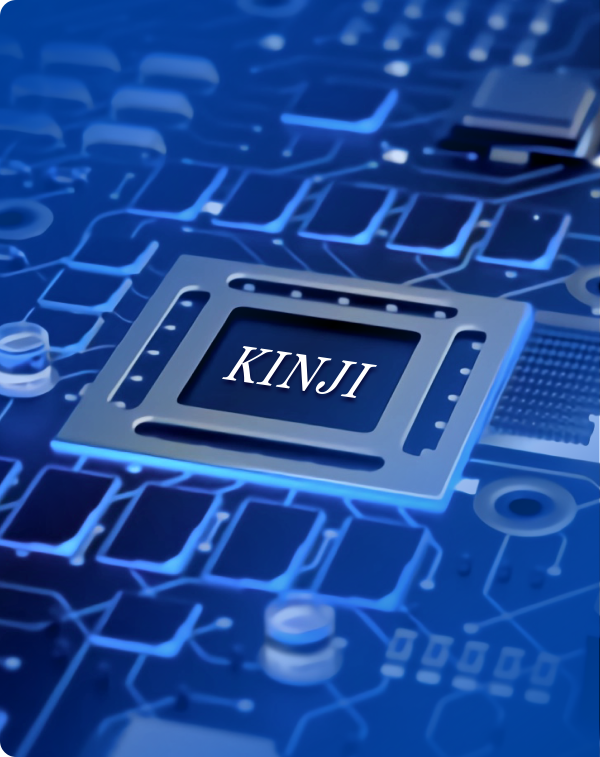Sorry, no sales person is available right now to take your call. Pls leave a message and we will reply to you via email as soon as possible.
What is the difference between laser cutting and water knife cutting in ceramic substrate?
With the popularity of new energy vehicles, more and more people realize the excellent performance of ceramic substrates, and the demand is also increasing. Compared with the traditional fiberglass board, the ceramic substrate has higher mechanical strength, better high temperature resistance, thermal conductivity and other advantages, in addition, the dimensional stability and chemical stability of the ceramic substrate are also very good. However, the ceramic substrate also has some disadvantages, such as high cost, difficult processing and large interface stress between the conductive layer and the substrate. Therefore, when processing ceramic substrates, it is necessary to choose the appropriate cutting method to ensure the quality and performance of the product. At present, the commonly used cutting methods have laser cutting and water knife cutting, each has different advantages and disadvantages, as follows:
Laser cutting
Laser cutting is the use of focused high power density laser beam to irradiate the workpiece, so that the irradiated material quickly melt, vaporize, ablate, or reach the ignition point, and at the same time with the beam coaxial high-speed airflow will melt the material away, so as to achieve the purpose of cutting the workpiece. Laser cutting is one of the thermal cutting methods.
The advantages of ceramic PCB laser cutting are:
● Fast cutting speed, high efficiency and automatic operation.
● High cutting accuracy, smooth incision, no burrs.
● Wide cutting range, can cut metal, non-metal, composite materials and other materials.
● Cutting without touching the surface of the workpiece, will not cause mechanical deformation or damage.
● Low cleaning requirements when cutting, resulting in a small amount of waste in the form of dust.
The disadvantages of laser cutting of ceramic substrate are:
● High cutting cost, large equipment investment, high operation and maintenance costs.
● It is a thermal cutting, which will produce a certain heat affected zone (HAZ) on the material, resulting in a change or loss of material properties.
● For some materials (such as aluminum, copper and other non-ferrous metals) or large thickness of the material cutting effect is not ideal, there will be cracks, oxidation, discoloration, black and other problems.
● Will produce some light pollution and metal vapor pollution.
Water jet cutting
When water knife cutting, the spindle drives the blade to rotate at high speed to achieve high rigidity of material removal and cutting. Because the blade has a certain thickness, the marking line needs to be wide. The minimum cutting line width of the diamond blade is 25-35um. Cutting different materials and thicknesses requires different tools. During the rotating abrasive scribing process, deionized water must be used to cool the blade and remove the silicon slag debris generated after cutting. So it's called water knife cutting.
Advantages of water knife cutting:
● Low cutting cost, small equipment investment, low operation and maintenance costs.
● Cold cutting, no heat affected zone on the material, maintaining the original properties and characteristics of the material.
● No requirements on material characteristics and thickness, any material can be cut, cutting thickness up to 300mm.
● Will not produce any harmful substances and pollution, safe and environmental protection.
Disadvantages of water knife cutting:
● The cutting speed is slower than laser cutting, and the efficiency is lower.
● The cutting accuracy is lower than laser cutting, the incision is not smooth enough, and there may be burrs.
● The cutting process requires a large amount of water and abrasive, resulting in a certain amount of waste and cleanup work.
● Abrasive waste can be toxic and requires special handling.
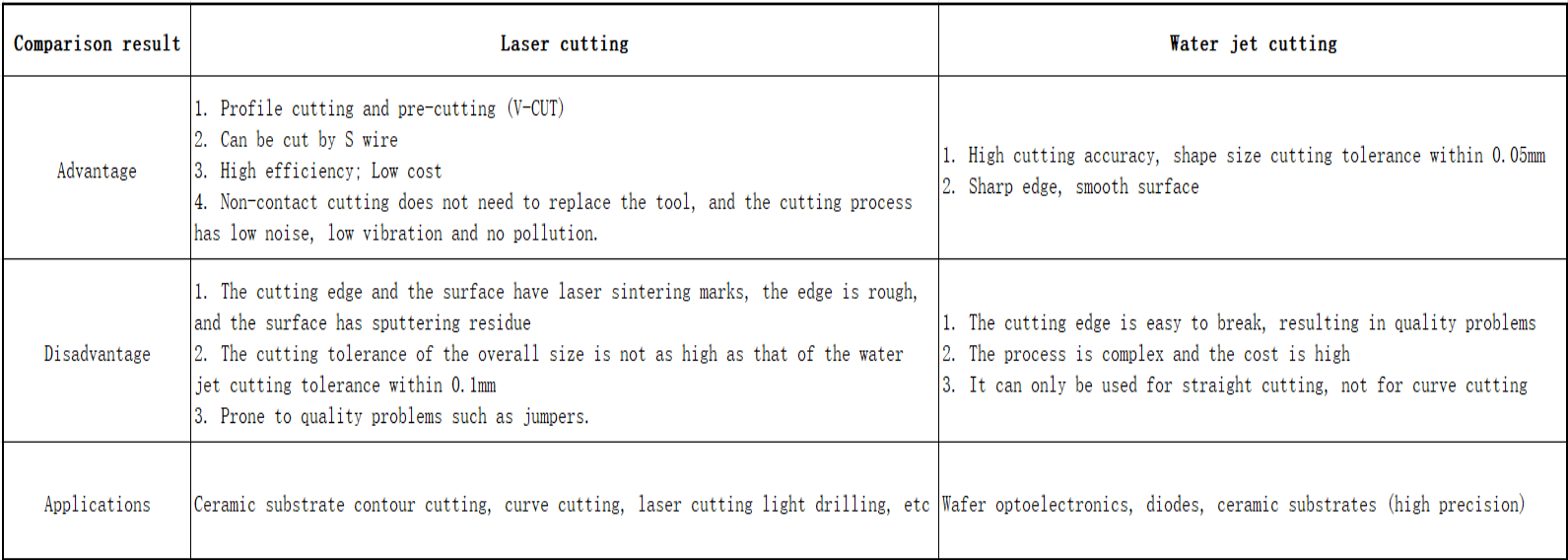
In summary, laser cutting and water knife cutting have their own advantages, and the specific choice needs to be considered according to product design needs, budget, material characteristics and other factors. In general, if the cutting speed, accuracy, finish requirements are high, and the material can withstand a certain heat affected zone, you can choose laser cutting; If the cutting cost, environmental protection, material performance maintenance requirements are high, and the material thickness is large or laser cutting difficult items, water knife cutting is the right choice.
*Disclaimer: This article is from the Internet, if there is any dispute, pleasecontact customer service.


